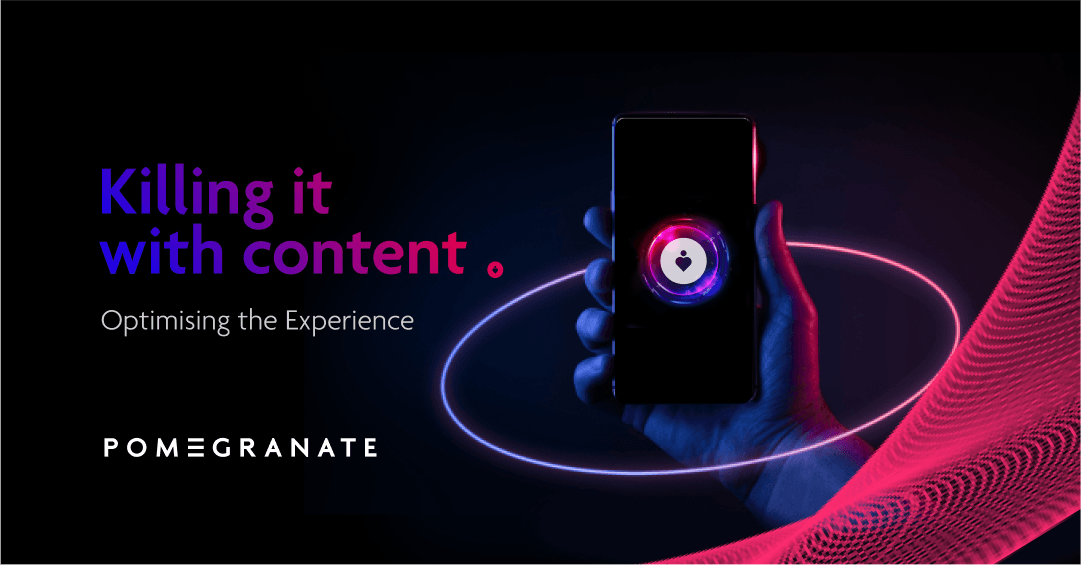Web3, also known as the decentralized web, is a vision of the internet as an ecosystem of blockchain-based apps. It has been hailed as the future of the internet, but will it actually overtake the current web and what does this mean for users and businesses?
In this article, we will discuss the origins of the internet and how putting trust at the forefront of your user experience can help you stay ahead of the competition with this "trustless" technology.
But first, what even is Web3?
Web 3.0, is known as the ownership economy, it proposes to minimize centralized control by decentralizing the web. This means that content creators can start to own and benefit from their work. Instead of relying on a few large platforms to host and control the majority of online content, it would rather be distributed among many participants. This shift has the potential to give users more control over their own content and data, and to create a more equitable and resilient online ecosystem.
What’s more, Web3 is permissionless meaning that everyone has equal access, which could strike a concern for the dangers that come with a lack of central moderation, and could see a rise in malicious actors taking advantage of this.

So what does it mean to be ‘trustless’?
In the context of web 3, "trustless" refers to the concept of not having to trust a central authority or intermediary to facilitate transactions or interactions on the decentralized network.To ensure transactions are secure, they are facilitated by “Smart Contracts”, special computer programs that check that everyone does what they agreed to do, and then automatically complete the transaction. For example, if two people agree to trade something, the smart contract will check whether the item was delivered, and then facilitate the payment. Almost like an automated lawyer who makes sure that everyone follows the rules of the agreement.
Transactions are an important and increasingly popular part of how we use digital, so it's important that we are designing to make the users feel safe/security. After all, switching to Smart Contracts will be a big behaviour change for many, so we need to make the process and in particular the design of our web3 sites as “trustworthy” as possible.

Use cases of Web3
Web3 has a number of exciting potential use cases that are enabled by its decentralized and trustless nature. Web3 applications are also called decentralized apps (dApps), which are applications that run on the blockchain.
-
Decentralized Autonomous Organizations (DAOs), is an organization that is built on code and governed by smart contracts. This allows it to be owned and controlled by a decentralized community, who can vote on how resources are used and distributed. Thus making the management of funds transparent and tamper-proof.
-
Another important use case for Web3 is decentralized finance (DeFi) platforms. These platforms offer financial instruments, such as loans and insurance, on the blockchain. This allows for more open and accessible financial services, without the need for traditional banks or other intermediaries.
-
Web3 enables the creation and exchange of non-fungible tokens (NFTs), which are unique digital assets that can represent ownership of things like art, collectibles, and other forms of digital property. This has led to the rise of the Creator Economy, in which creators can own and profit from their creations in ways that are not possible on traditional platforms.

The Challenges of Web3
There are several challenges faced by Web3 which need to be addressed, particularly if we are going to see the platform exploding in popularity.
Web3 has complex underlying technology, such as blockchain and smart contracts, which makes trusting this new technology pretty daunting and a problem that needs overcoming if businesses want to attract and retain new users.
Designing Web3 applications that will make users feel comfortable.
Web3 is a new emerging field, and there is plenty of room for new players to make a name for themselves. However, this also means that there are no established best practices for Web3 design, and many applications have suffered from poor user experience and low adoption rates.
As we have discovered throughout this article, it's important to make users feel comfortable and to give them reassurance throughout their experience that they can trust this technology.
Here we discover the top 6 principles for designing a Web3 application.
1. Onboarding & user education Web3 is new for all of us, so clear and comprehensive onboarding is essential to user experience. This can include teaching users how to create a wallet, store their seed phrase, and use the features of your application. By identifying the key steps that users need to know to get started, and then making use of good interaction design to create high discoverability, you can help users quickly and easily understand how to use your application.

2. Strong and consistent branding The appearance and branding of your Web3 application is crucial to its success. At the moment many Web3 applications are developed by teams that lack the science behind behavioural design, which can result in applications that don't look legitimate or trustworthy. By investing in strong and consistent branding, you can create an application that looks professional and credible, and that users will be more likely to trust and adopt.

3. Preventing loss of funds and security Because Web3 applications are decentralized and trustless, users are responsible for their own security and protection of their funds. This means that your user experience needs to help users prevent losses and protect themselves from scams. Clear onboarding instructions provide users with the steps they need to secure their funds and avoid error.

4. Responsiveness and feedback Clear and consistent feedback at every step of the process will help to instill trust and confidence. This can include providing information about where their funds are, where they are going, and if there are any delays or other issues, this can help users feel more secure and confident in using your platform.

5. Community is important In the era of web 2.0, it was enough to simply listen to end-users. However, in the world of web 3.0, it is important to also involve communities in the design process. This can be done through various means such as conducting product research, gathering customer feedback, and monitoring the sentiment within your discord group, to create stronger advocates for your brand.
6. Transparency Decentralized apps often lack transparency, making it difficult for non-technical users to understand the inner workings of the smart contracts they are interacting with or even to see the source of the data. Without this transparency, it can be challenging to gain users' trust, a user-friendly interface can help by providing notifications about system status, offering tooltips and expandable references for education, and clarifying the effects of any actions involving money, especially if they are irreversible, through using pop-up messages.

To summarize, in order for web 3.0 to achieve widespread adoption, it must address significant user experience challenges. This includes reducing technical barriers to entry and educating users through proper onboarding processes.
Web 3.0 applications can only gain a loyal and rapidly growing user base if they earn users' trust and provide clarity about the underlying technology in a simplified manner. Only when these user experience challenges have been overcome will we see the next Apple or Google of the web 3.0 world. Until then, you can make your web 3.0 app a success by prioritizing trust in your user experience design, which will help to nurture a growing user base and create loyal advocates.





